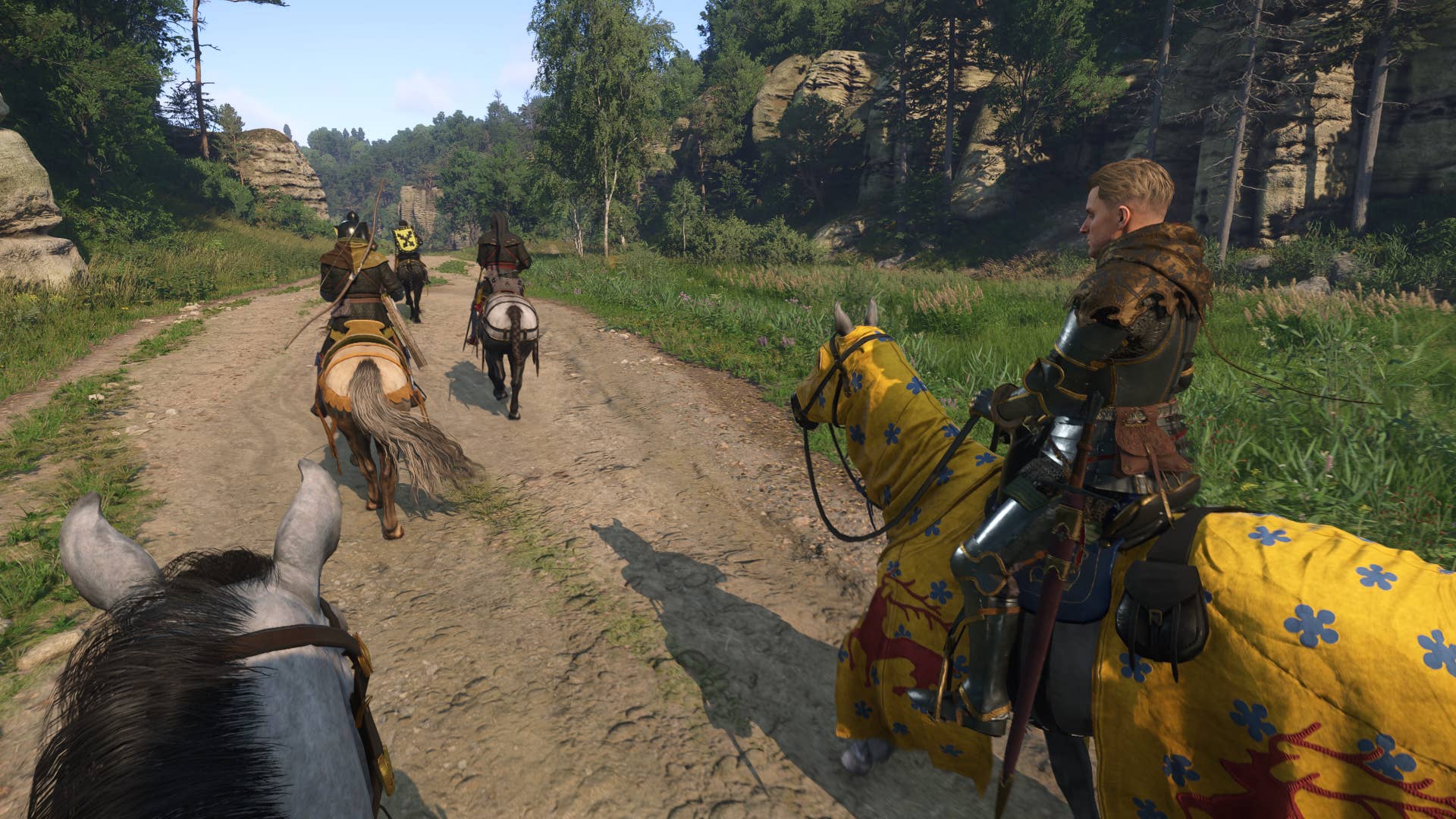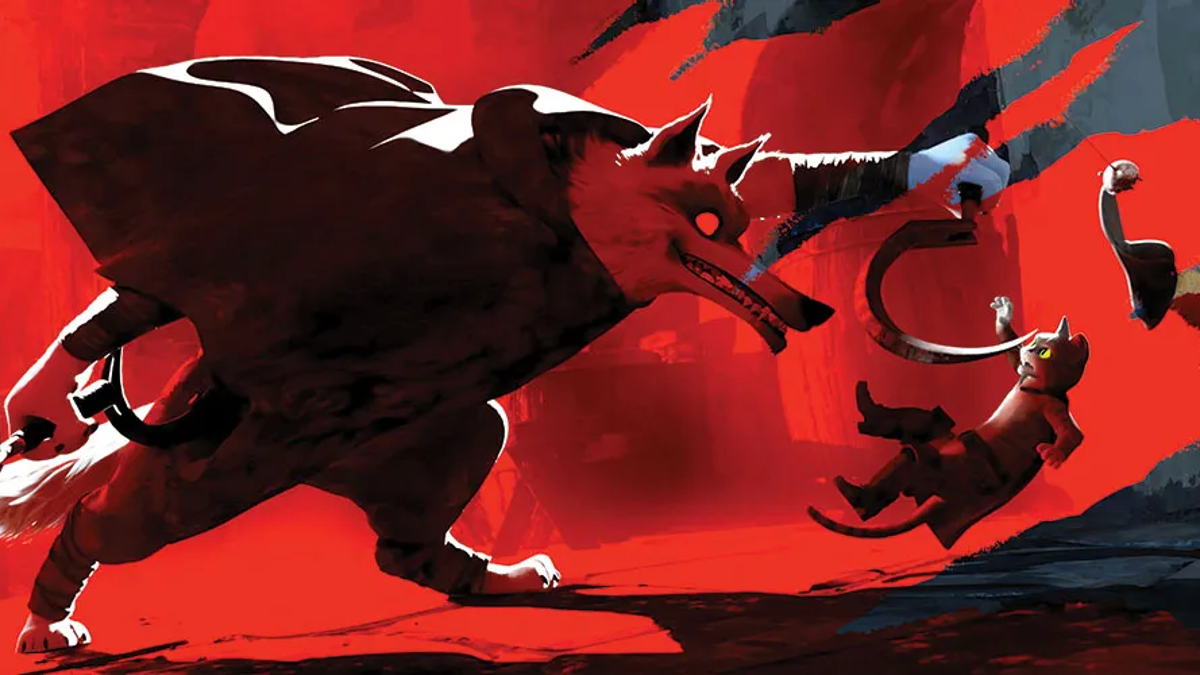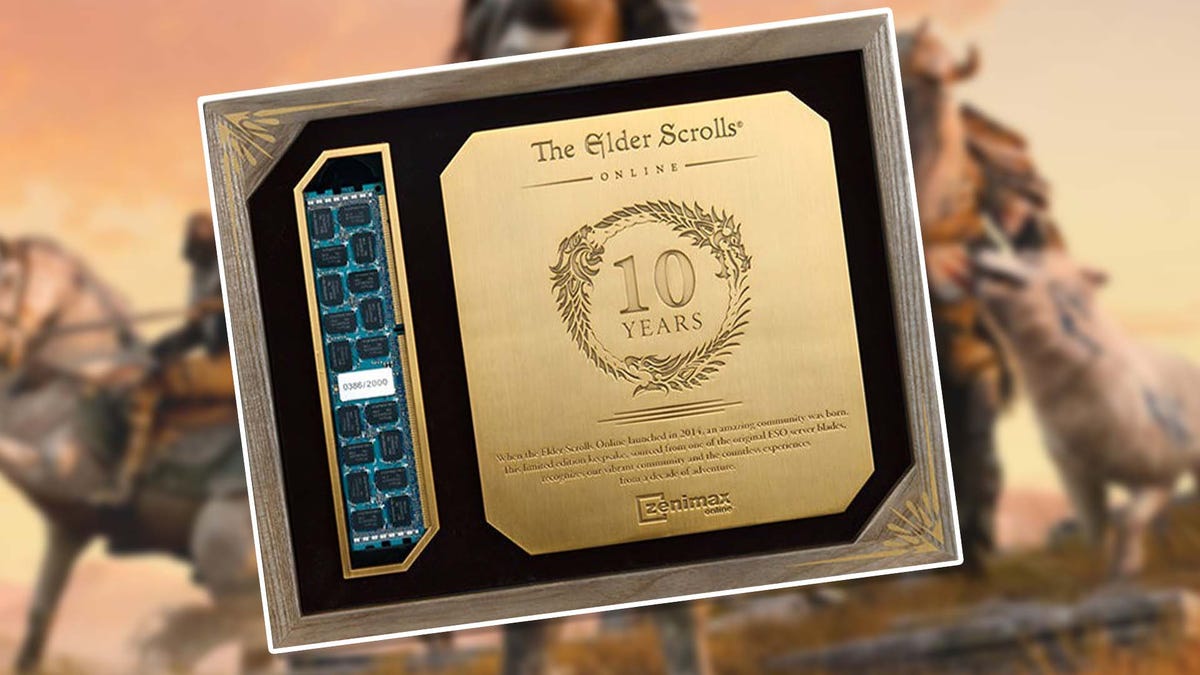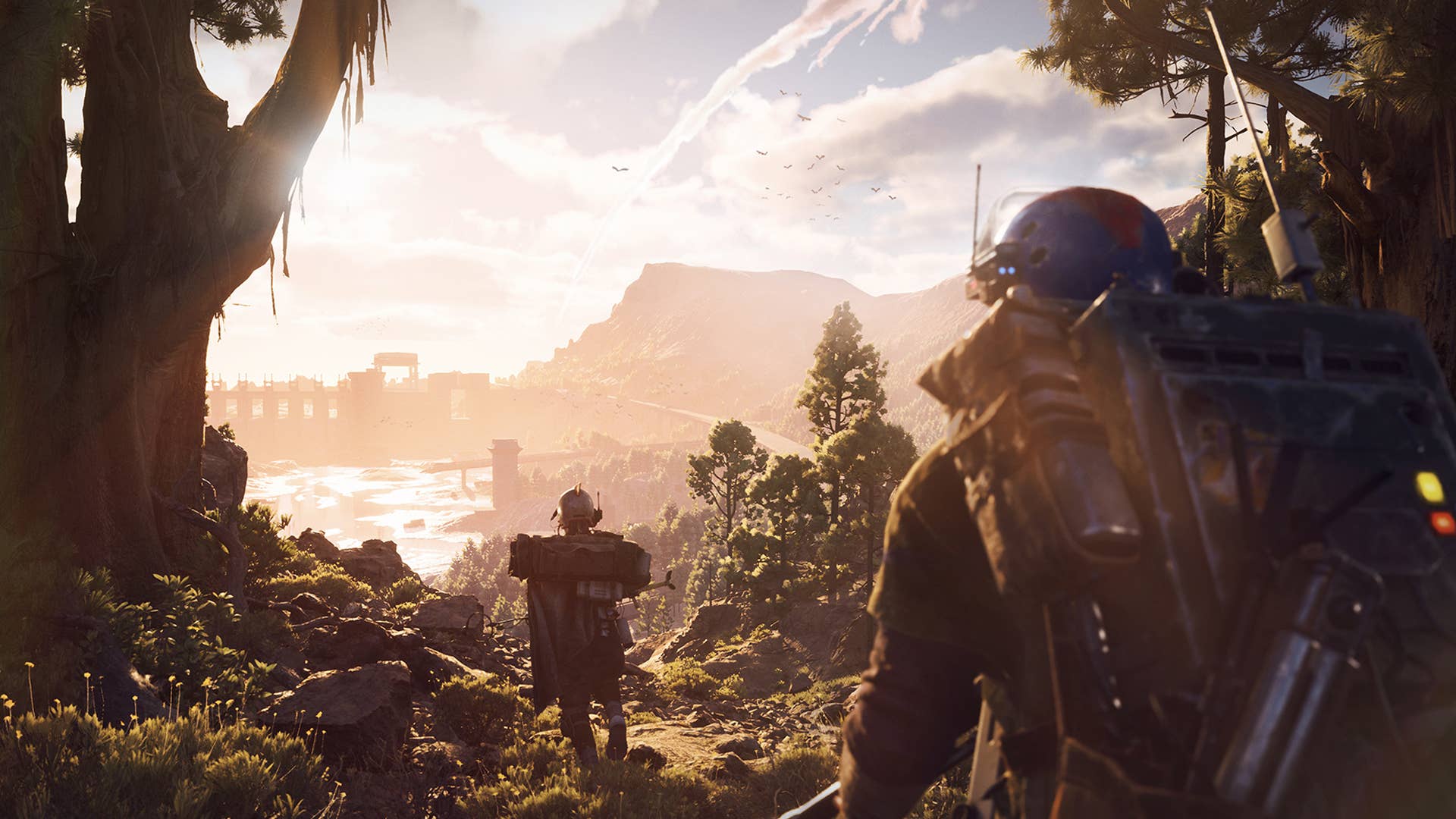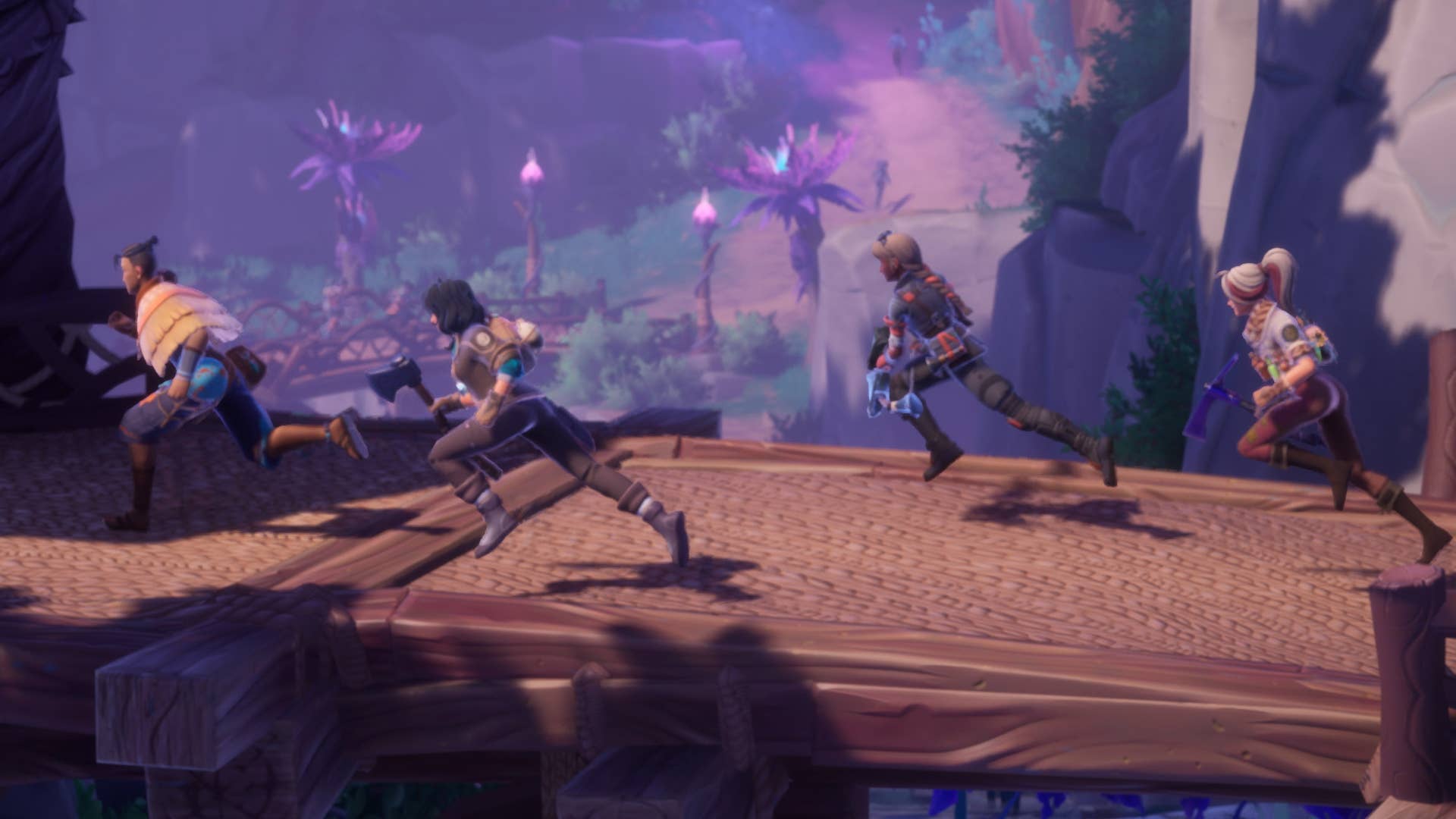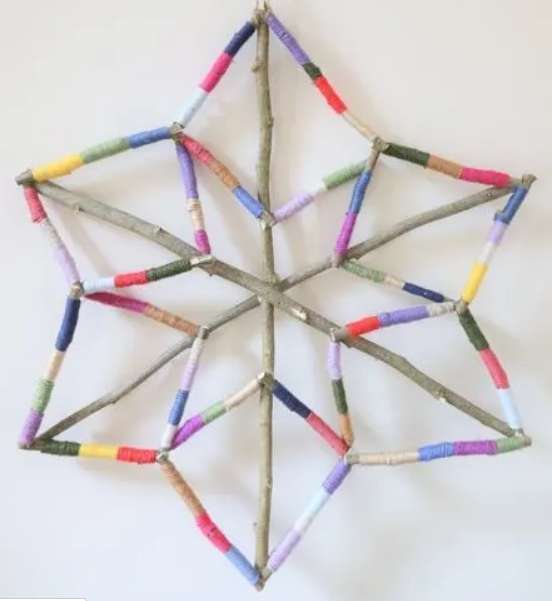Elden Ring: Nightreign Network Test Impressions
The network test for Elden Ring: Nightreign is behind us, and we got our first look at FromSoftware's mashup of almost half a dozen genres. It's a fun, manic, and frankly absurd experience that shouldn't work as well as it does. I cannot wait to see the full product. Shattered, rebuilt with gold Image via FromSoftware Defining Nightreign's genre is like trying to describe one of Elden Ring's eldrich horrors to someone outside its community. Nigh on impossible, in other words. The combat is a faster and more focused version of base Elden Ring, and the bosses all come almost directly from it and all previous Dark Souls games. Then you add in rogue-lite elements undoubtedly inspired by best-in-class entries like Hades. Then you add a shrinking circle and trio-focused gameplay from battle royale games. And then, you add hero-shooter-style characters that you upgrade using the rogue-lite elements mentioned above. What do you call this unholy mishmash of genres, gameplay styles, and mechanics? Elden Ring: Nightreign is what. Like the Souls games that act as its foundation, Nightreign stands alone, though this time, it defies description for its unthinkable marriage of systems. That marriage, I might add, has no right to work as well as it does nor to be as fun as it is. When you first dive into a Nightreign match, you pick one of eight characters, four of which we got to try in the network test. You and two other players then load into a randomly generated map and explore, fighting bosses, looting ruins and dungeons, and collecting loot and character upgrades. After about ten minutes, a circle of blue fire and rain appears, shrinking the play area to about half. You can continue exploring until 15 minutes into the match, at which point you must retreat underneath a great, shining tree for safety. That safety is quickly shattered by a more challenging boss fight that tests your character's upgrades, your familiarity with your character, and your team's skills. Win, and you've completed the first of three Days. Day two follows the same pattern as Day one: explore, loot, craft a build, then prepare for the circle to close in again. Find victory over the second boss to earn the right to challenge that run's main foe. Image via FromSoftware The weapons and upgrades you find on the Nightreign map mostly come from Elden Ring, but the Day bosses hail from as far back as the original Dark Souls and will include both Dark Souls 2 and 3 bosses on full release. As you might have gathered, it's hard to properly describe Nightreign in the space of a few paragraphs. But probably the weirdest thing about the game, besides everything else, is fighting bosses like the Centipede Demon from Dark Souls 1 with the speed and mechanical refinement of Elden Ring. Hearing the old soundtracks adds to the disconnect. Yet, every second I wasn't playing Elden Ring: Nightreign, I was thinking about playing Nightreign. We had three hours per session, and I would be lying if I said I didn't lose sleep trying to make the early morning tests. It was the same feeling I and many others felt about their first, second, and third Souls games. I wanted to discover other world bosses, uncover whatever secrets existed in the limited environment, and what kinds of crazy builds I could make in the forty-minute matches. Teamwork and the dream working Image via FromSoftware I've never been one for co-op in Souls games. I find the challenge and satisfaction of victory too intoxicating to sully with other players I might not be able to count on. Not so in Nightreign. Sure, the enemy AI is as janky as it is in Elden Ring and other FromSoftware titles, but teamwork is at the heart of this new title. Going off and doing your own thing in Nightreign will cost you far more than playing with your teammates. Bosses are usually too tanky to handle by yourself, especially early into a round. Defeating a boss generates a reward for the whole party, and if you and your teammates are spread across the map, you will miss at least a few of these valuable upgrades. Your teammates can also pick you up if you're knocked down, but not if they're in a castle and you're in a mine, deep underground. You lose a hard-earned level for dying rather than being revived, and you start the game with maybe two or three hits worth of health. Even a single level is a massive buff to all of your stats, and because the match is on a strict timer, you might not be able to make up the XP you need to reclaim the level. That alone is incentive to try and stay with your teammates, if only so they don't get as much in your way as they might otherwise. A class of their own Image via FromSoftware That's saying nothing about the synergy you can have between each character. The four we got to try in the network test were: Wylder: A typical Souls character with a greatsword, a small shield, a dodge roll, a grappling hook, and an explosive punch. Dutch
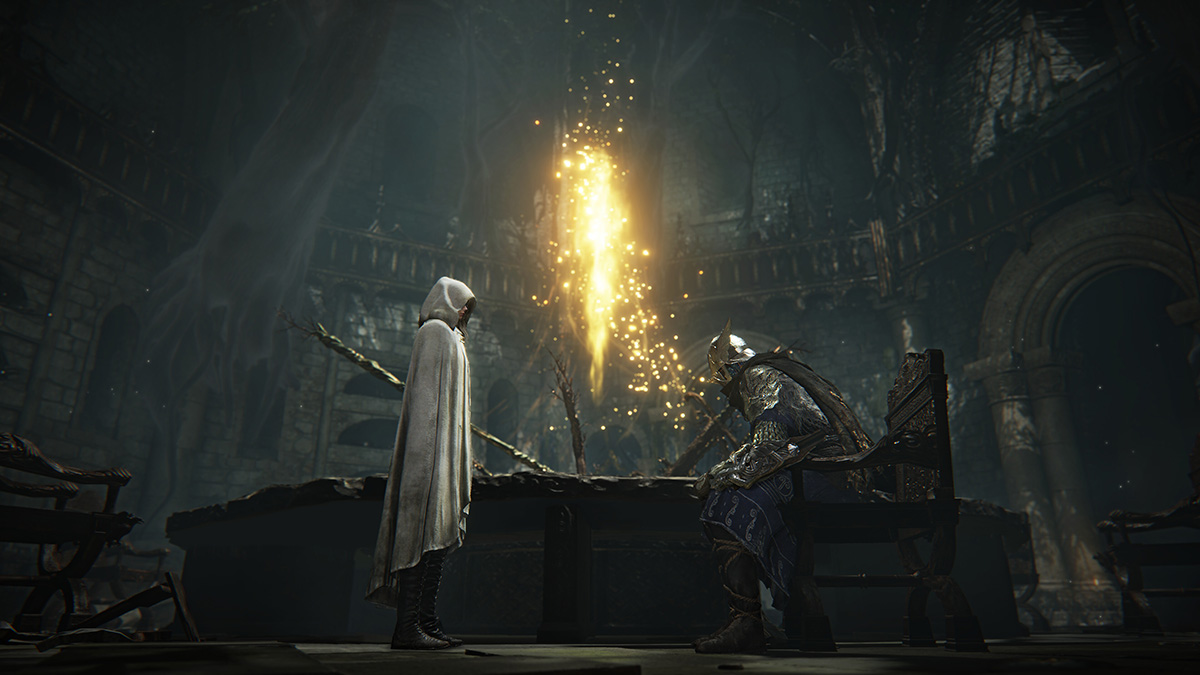

The network test for Elden Ring: Nightreign is behind us, and we got our first look at FromSoftware's mashup of almost half a dozen genres. It's a fun, manic, and frankly absurd experience that shouldn't work as well as it does. I cannot wait to see the full product.
Shattered, rebuilt with gold

Defining Nightreign's genre is like trying to describe one of Elden Ring's eldrich horrors to someone outside its community. Nigh on impossible, in other words.
- The combat is a faster and more focused version of base Elden Ring, and the bosses all come almost directly from it and all previous Dark Souls games.
- Then you add in rogue-lite elements undoubtedly inspired by best-in-class entries like Hades.
- Then you add a shrinking circle and trio-focused gameplay from battle royale games.
- And then, you add hero-shooter-style characters that you upgrade using the rogue-lite elements mentioned above.
What do you call this unholy mishmash of genres, gameplay styles, and mechanics? Elden Ring: Nightreign is what. Like the Souls games that act as its foundation, Nightreign stands alone, though this time, it defies description for its unthinkable marriage of systems. That marriage, I might add, has no right to work as well as it does nor to be as fun as it is.
When you first dive into a Nightreign match, you pick one of eight characters, four of which we got to try in the network test. You and two other players then load into a randomly generated map and explore, fighting bosses, looting ruins and dungeons, and collecting loot and character upgrades. After about ten minutes, a circle of blue fire and rain appears, shrinking the play area to about half. You can continue exploring until 15 minutes into the match, at which point you must retreat underneath a great, shining tree for safety.
That safety is quickly shattered by a more challenging boss fight that tests your character's upgrades, your familiarity with your character, and your team's skills. Win, and you've completed the first of three Days. Day two follows the same pattern as Day one: explore, loot, craft a build, then prepare for the circle to close in again. Find victory over the second boss to earn the right to challenge that run's main foe.

The weapons and upgrades you find on the Nightreign map mostly come from Elden Ring, but the Day bosses hail from as far back as the original Dark Souls and will include both Dark Souls 2 and 3 bosses on full release.
As you might have gathered, it's hard to properly describe Nightreign in the space of a few paragraphs. But probably the weirdest thing about the game, besides everything else, is fighting bosses like the Centipede Demon from Dark Souls 1 with the speed and mechanical refinement of Elden Ring. Hearing the old soundtracks adds to the disconnect.
Yet, every second I wasn't playing Elden Ring: Nightreign, I was thinking about playing Nightreign. We had three hours per session, and I would be lying if I said I didn't lose sleep trying to make the early morning tests. It was the same feeling I and many others felt about their first, second, and third Souls games. I wanted to discover other world bosses, uncover whatever secrets existed in the limited environment, and what kinds of crazy builds I could make in the forty-minute matches.
Teamwork and the dream working

I've never been one for co-op in Souls games. I find the challenge and satisfaction of victory too intoxicating to sully with other players I might not be able to count on. Not so in Nightreign. Sure, the enemy AI is as janky as it is in Elden Ring and other FromSoftware titles, but teamwork is at the heart of this new title.
Going off and doing your own thing in Nightreign will cost you far more than playing with your teammates. Bosses are usually too tanky to handle by yourself, especially early into a round. Defeating a boss generates a reward for the whole party, and if you and your teammates are spread across the map, you will miss at least a few of these valuable upgrades. Your teammates can also pick you up if you're knocked down, but not if they're in a castle and you're in a mine, deep underground.
You lose a hard-earned level for dying rather than being revived, and you start the game with maybe two or three hits worth of health. Even a single level is a massive buff to all of your stats, and because the match is on a strict timer, you might not be able to make up the XP you need to reclaim the level. That alone is incentive to try and stay with your teammates, if only so they don't get as much in your way as they might otherwise.
A class of their own

That's saying nothing about the synergy you can have between each character. The four we got to try in the network test were:
- Wylder: A typical Souls character with a greatsword, a small shield, a dodge roll, a grappling hook, and an explosive punch.
- Dutchess: A faster, more agile character with a dagger, the ability to replay the last few seconds of damage on an enemy and turn the whole party temporarily invincible.
- Warrior: A literal bird man with a broken wing, a shield, and a halberd who could group enemies with a whirlwind or grant brief invulnerability within a certain area.
- Recluse: A wizard who collects various elemental essences to create a wide array of magical effects.
Each character had a Skill (see Wylder's grapple or Dutchess's damage Rewind) and an Ultimate (the explosive punch or the invisibility). Skills were on a much shorter cooldown than Ultimates, so using your Skill liberally was encouraged, and smart Ultimate usage was just as important.
Every character's abilities were satisfying and fun to use. Wylder is the most straightforward and new-player-friendly, with Recluse requiring much more technical acumen to be effective. I tried every character except Recluse, and they all felt amazing. Wylder was the most familiar, but my favorite was Dutchess, thanks to her speed and obvious Bloodborne influence. Her opportunities for teamplay were some of the best as well because one well-timed Skill or Ultimate could completely turn the tide of an otherwise helpless fight.
A Rogue in the Mix

The rogue-lite elements of Elden Ring: Nightreign weren't fully fleshed out in the network test. We couldn't spend post-match currency, nor could we customize what types of buffs our characters could equip. The map's procedural generation was also heavily reduced, but I could always create unique builds each run.
Every boss or major challenge you complete during a match awards either a weapon, ability, or buff, and you need to quickly decide what kind of setup you're going for. Like base Elden Ring, Frostbite and Bleed builds are frighteningly powerful and, when properly built, can all but trivialize even the end boss.
Nightreign also doesn't care about PvE balance too much. Want to apply Bleed, Poison, Frostbite, and Scarlet Rot? Go for it. Want a larger health bar than is possible in base Elden Ring? You can do that, too. There are technically some limitations to what you can do, but so long as you work within those generous restrictions, you can do a lot with builds in the game.
The hard cap on things is the weapon selection: you can only use a selection of weapons and abilities that were available in base Elden Ring. None of the classics from the Dark Souls series make a return the same way the bosses do. Or at least they didn't in the network test. That's not a huge gripe, as there are a ton of fun Elden Ring weapons, but having a Black Knight Halberd, Ornstein's Spear, or something like Gael's Greatsword would be amazing to have in the pool.
Concerns: I have a few

I thoroughly enjoyed my time with the Elden Ring: Nightreign network test, but a few things concern me. First among them is actually a question: who does this game appeal to?
Nightreign's gameplay mashes up so many genres onto the Elden Ring core that I worry its wider appeal gets lost in the shuffle. For many players, I'd assume, the measured, curated experience of exploring a Souls world, discovering its mysteries, and slowly conquering its challenges is the main draw. Nightreign eschews almost all that in favor of quick in-and-out matches, where exploration is a means to an end, not a main point of enjoyment.
Souls purists, then, might not enjoy the game for its drastically altered pacing. Newcomers have another problem. Learning the bosses is at the heart of enjoying a Souls game. Repeated failure with minimal downtime between attempts lets you experiment with different strategies and builds until you land on a setup that works. Nightreign throws you into a wide world where those same bosses will kill you in a few hits, but your time between facing them could be minutes or hours. The previously fine-tuned learning curve gets thrown to the shredder.
So players new to taking on Souls bosses might find losing to them a turn-off. Both of them might also be deterred by the rogue-lite elements. You will be underpowered at the start of every run, and if you don't quickly learn where to find the best upgrades, it's infinitely more challenging to make a build that's worth a damn.
Perhaps worst of all, Nightreign demands that all players pull at least some of their weight. If you don't have a dedicated team of friends who know their way around the game, or you've depended on those friends to carry you through Elden Ring's harder content, Nightreign might be a hard sell. Based on my network test experience, it is possible to hard-carry a set of clueless teammates, but you probably aren't going to outlevel the content nearly as much as you would in a more traditional RPG.
For veteran Souls-heads like me who also love rogue-likes, fast-paced action, and more than a bit of chaos to their gaming experience, Nightreign is an absolute treat. I worry it's doing so many things at once that it stands to alienate the people it needs to succeed.
I am, of course, probably overthinking it. Dark Souls was always a niche series, but still sold millions of copies. Moreover, it enabled FromSoftware to create one of the most popular games of the last decade by mashing together two genres I thought were incompatible: Souls and a truly open world. There is no other studio I trust more to experiment and succeed with flying colors. And if the network test is any indication, Elden Ring: Nightreign will be yet another entry in FromSoftware's list of defining masterpieces.
The post Elden Ring: Nightreign Network Test Impressions appeared first on Destructoid.


















































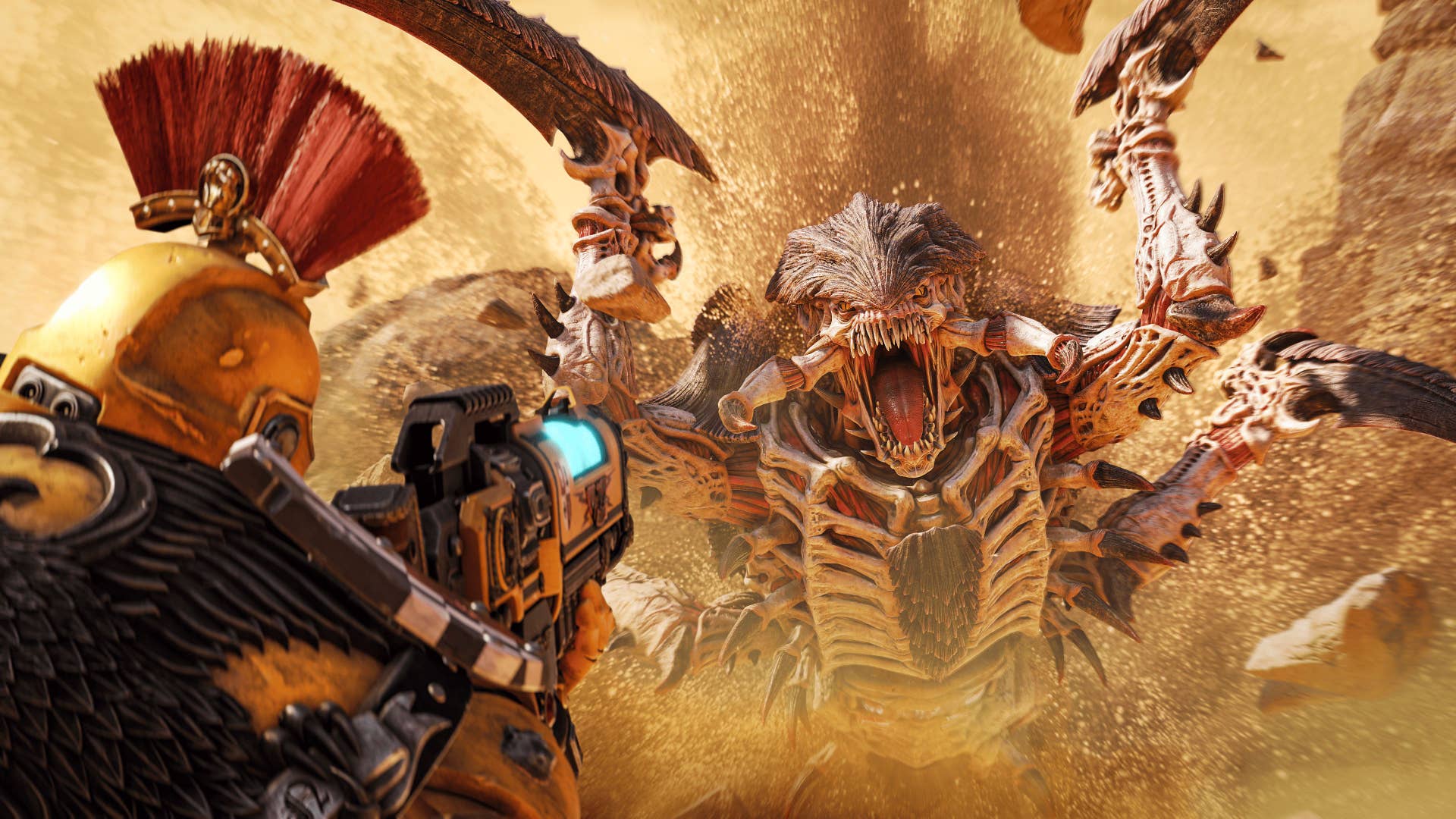
.png?width=1920&height=1920&fit=bounds&quality=70&format=jpg&auto=webp#)

